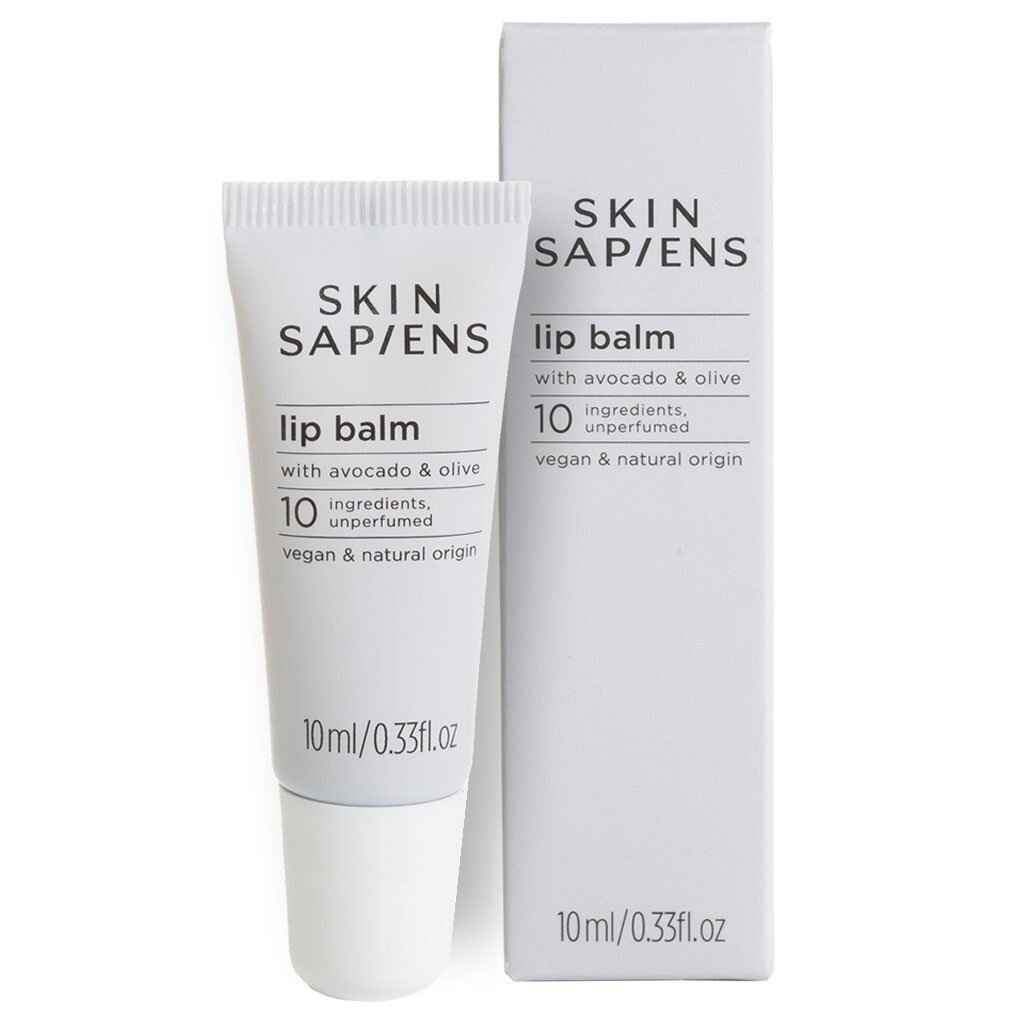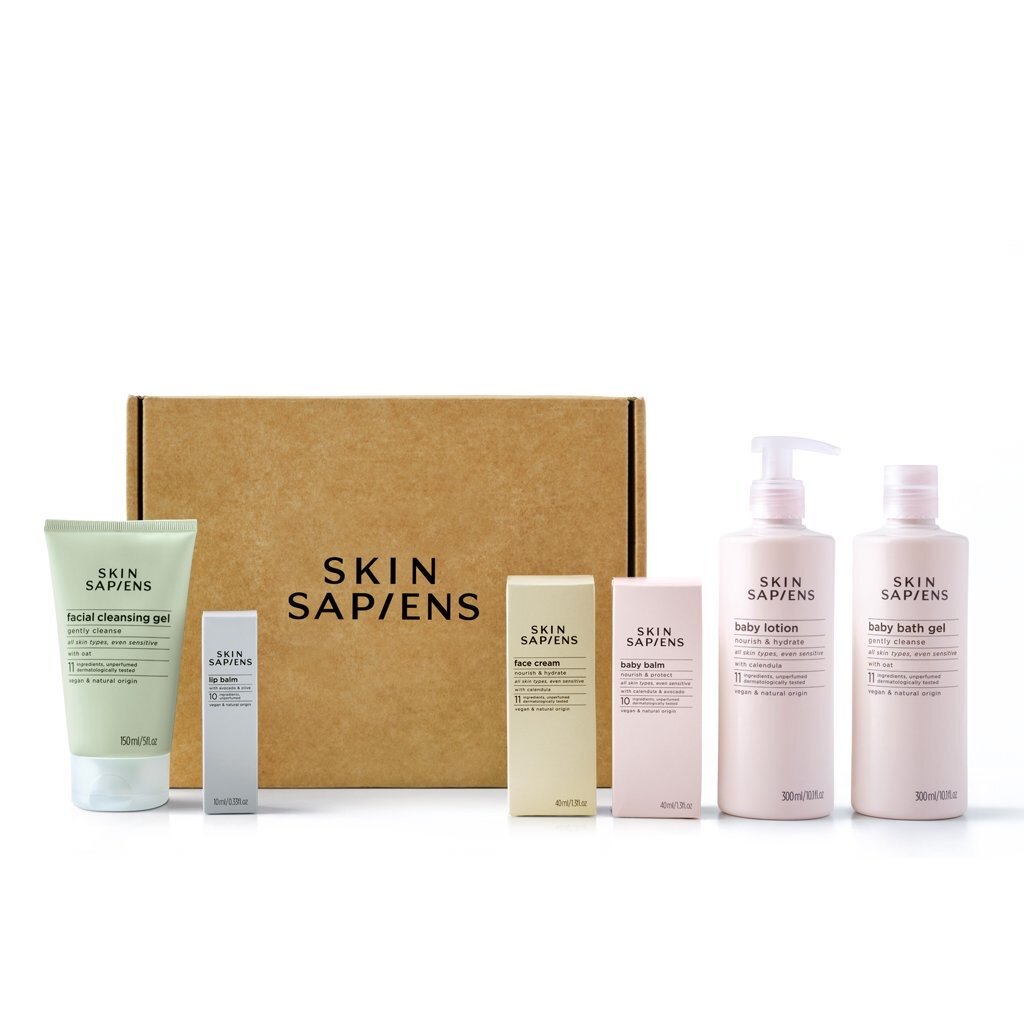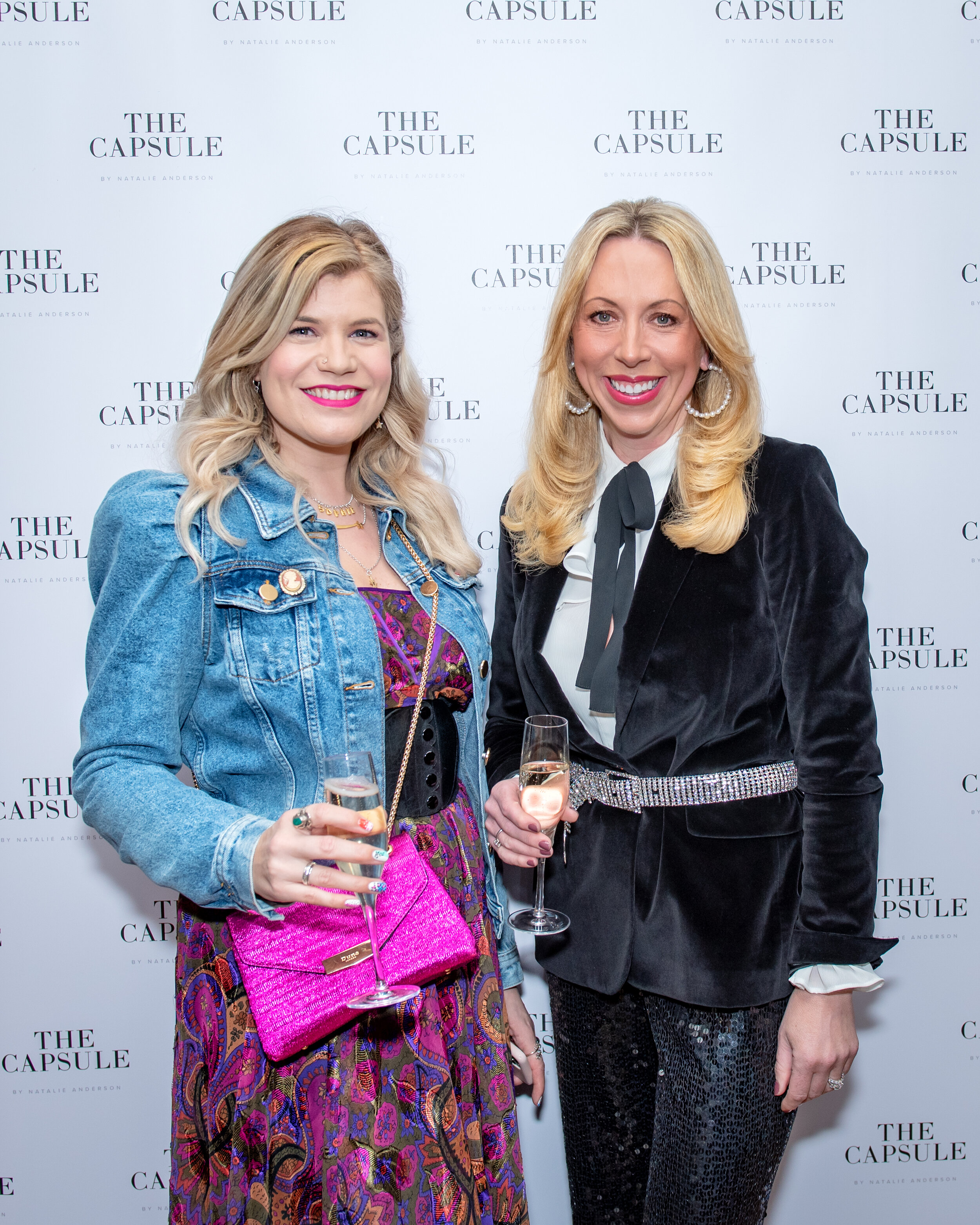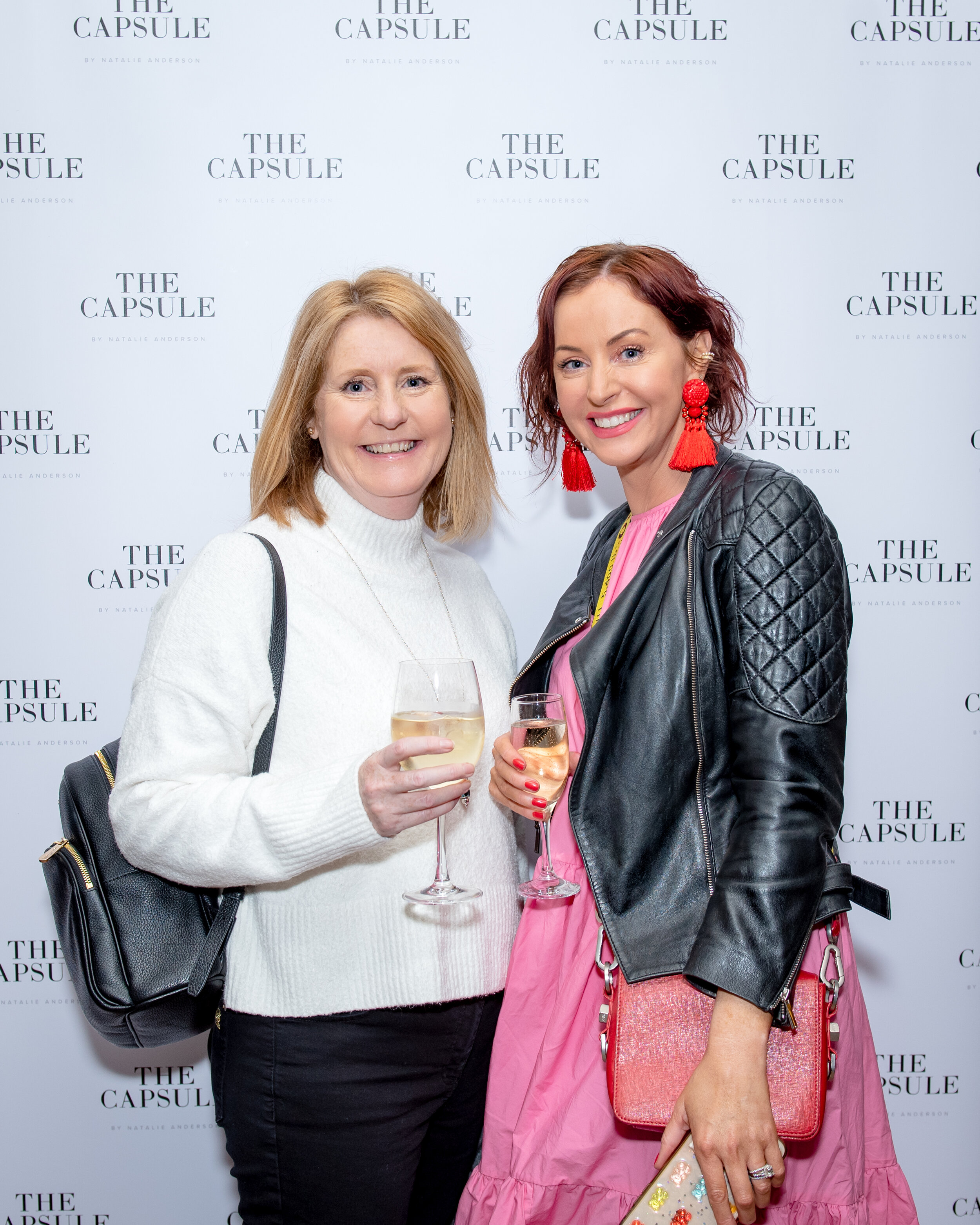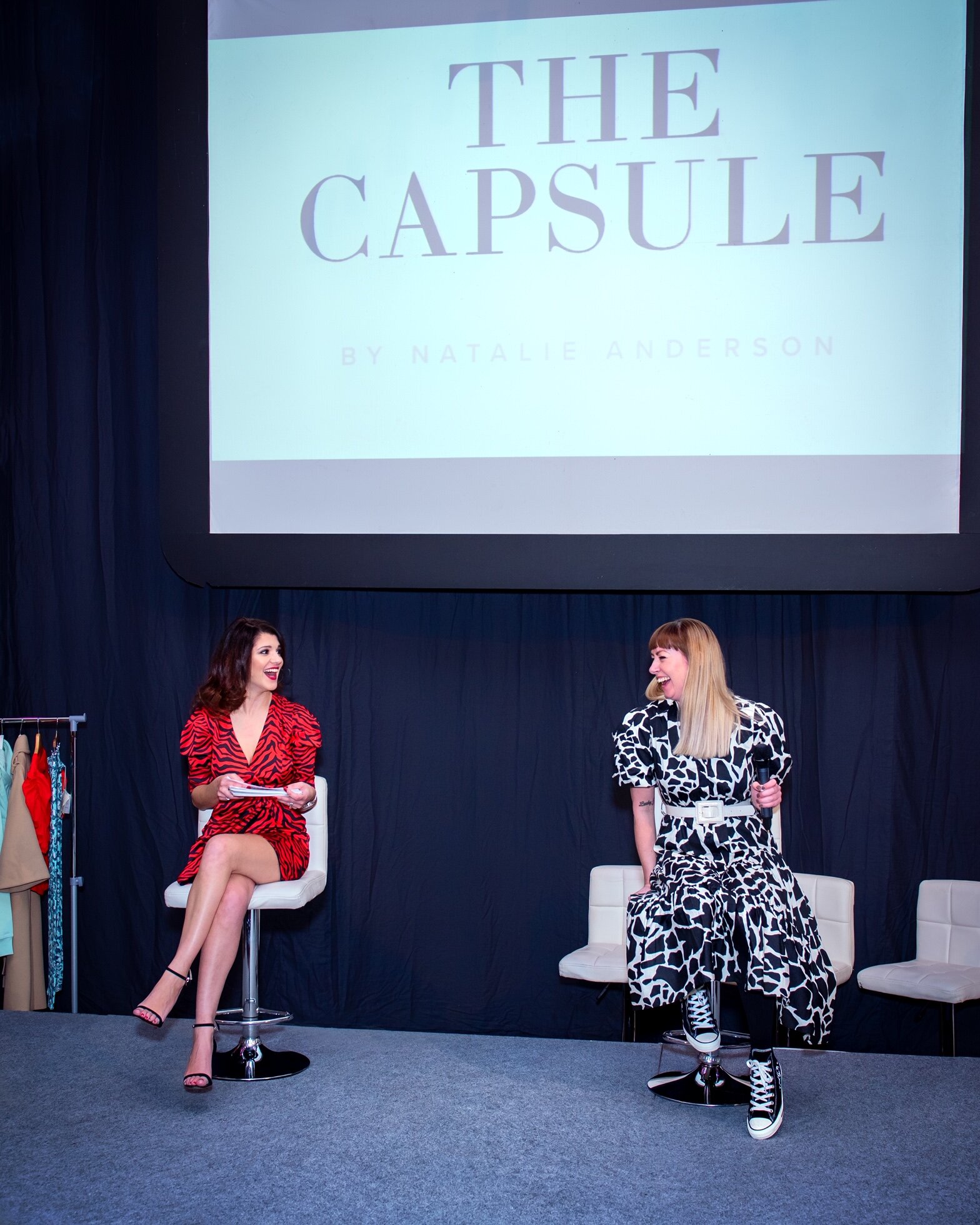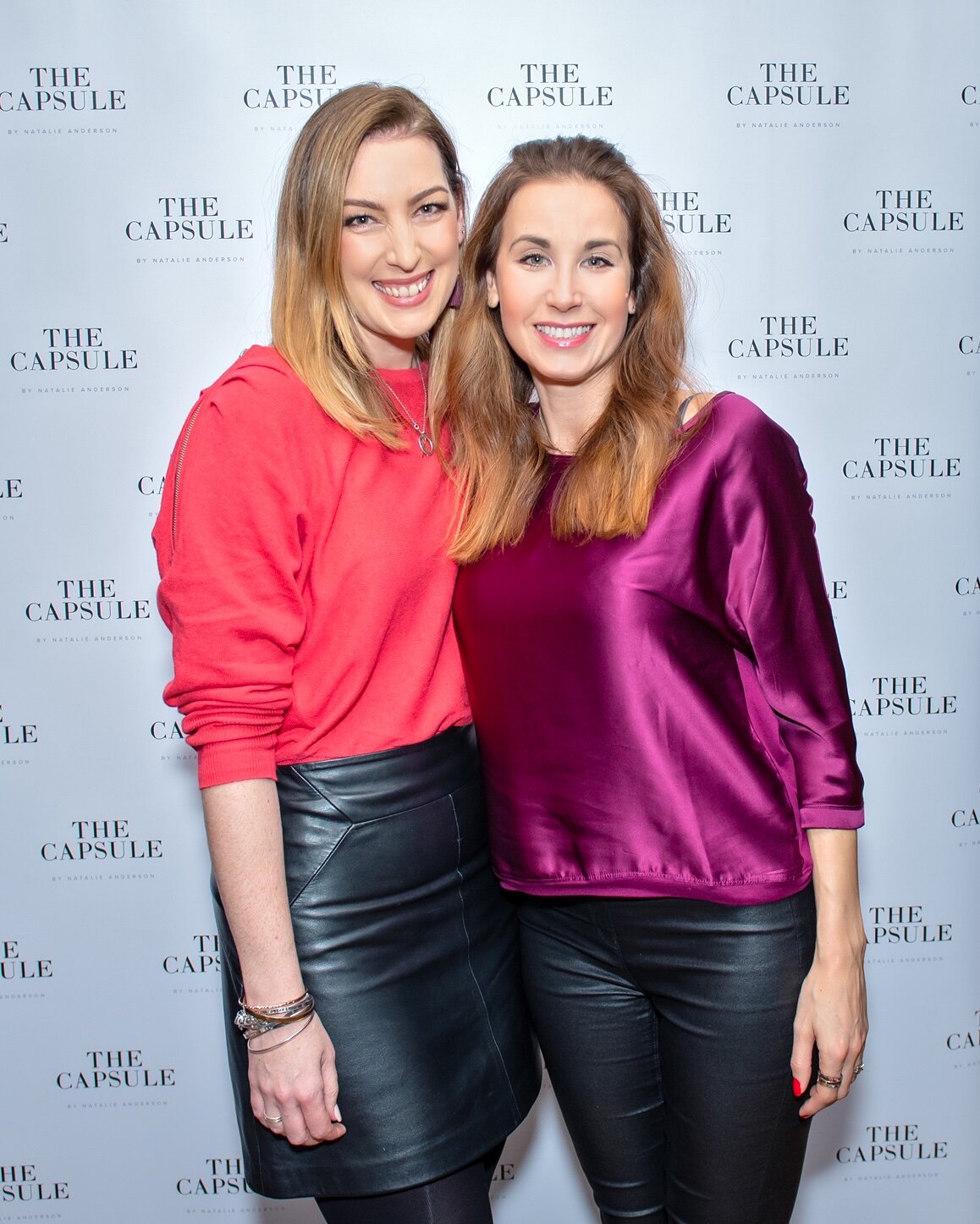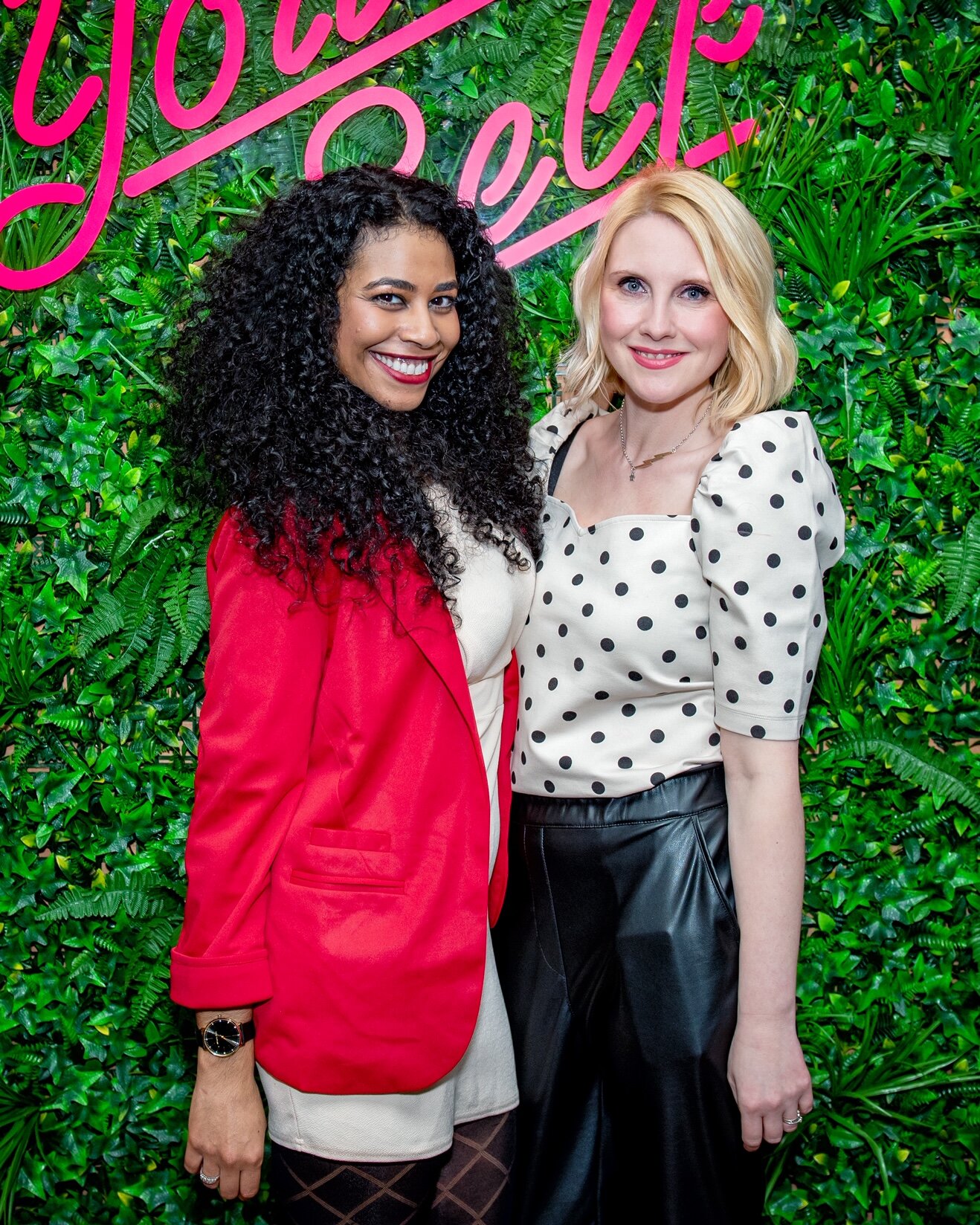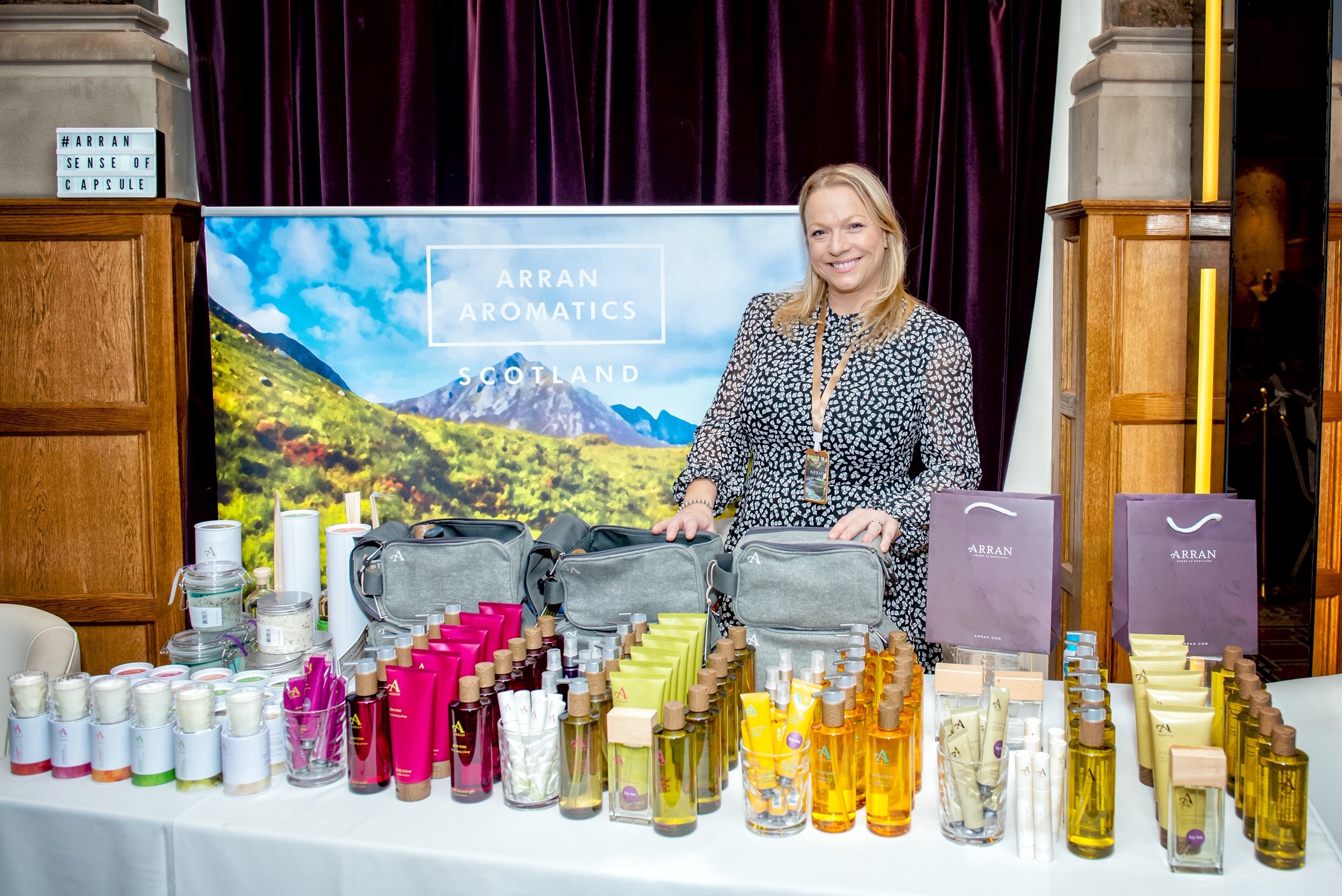Clean Beauty Packaging - Busting The Myths
Photo by lenta/iStock / Getty Images
The face of beauty is changing. In a year where “Climate Emergency”, is no longer a myth, phrases like “clean,” “bio” and “eco-friendly” are bang on trend. “Green” is the new black.
But here’s the trouble. It’s much easier to shout “sustainable” than it is to deliver genuine sustainability. And when EVERYONE is shouting different things, the whole issue can get confusing.
James Jardella, founder of sustainable skincare brand Skin Sapiens explains why they’re all about empowering you to make the best choice for your skin and the planet. In this brand new post he shines a light on 4 of the most common “clean” beauty myths circulating the internet today.*
* Caveat: some of these may be unpopular. That's OK, (we hope), as we feel the issue needs to be talked about.
1. PLASTIC IS BAD
Hear us out.
Plastic was once hailed as the greatest discovery of the 20th century. It rose to fame in the 80’s, before falling to disgrace in the 2010’s. Why?
Two reasons:
Its origin / virgin plastic comes from crude oil. It draws on our finite resources, and drilling the Earth can lead to nasty spills if it goes wrong.
Its final destination / the best thing about plastic is the worst thing about plastic... It is built to LAST! If plastic isn’t disposed of correctly, it builds-up in our oceans, beaches and forests, and it stays there a long time.
Make no mistake, plastic in our oceans is no small matter. But, despite its bad rep, plastic isn’t all bad. In fact, under the right conditions, plastic has some redeeming features that might just charm you round to look at it in a new light. Here are a few:
vs paper - it doesn't draw as heavily on on our freshwater resources, as growing and logging trees does. It's also better at holding liquids.
vs glass - it can weigh 40 times less than glass, making it much more carbon friendly for transportation.
vs metals - it’s less reactive than aluminium or tin. Coatings added to the inside of aluminum packaging to stop it reacting with creams and lotions inside it can actually impact a metal's recyclability. Metals are also dug from mountains, often in poor working conditions.
Reality: It’s not that simple. For a better angle on eco-materials, read on...
2. BIO-PLASTIC IS GOOD
Bioplastics are plastics made from plants, like sugar cane, rather than petroleum. More than just a fancy name, plant-based plastics DO have a few things going for them.
If plastics carry the two major challenges above, then making plastic from plants is a solution to the first issue: drilling our Earth. Granted. But actually, bioplastics only help with one part of the story. Every kg of bio-plastics made is still one more kilo of plastic in the world for us to find a use for.
Reality: According to Sarah Gibbens at the National Geographic says whether bio-based plastics are better for the environment than oil-derived ones remains “a big question based on many 'ifs,'”. So there’s no clear answer yet.
We do know one thing for sure. By dealing with the beginning of life, and end of life challenges, rather than just the first challenge, packaging made from recycled sources beats bioplastic for true sustainability every time.
Recycled and recyclable plastic is the real good stuff.
3. COMPOSTABLE PLASTIC CAN GO IN YOUR COMPOST
Compostable plastics are plastics which decompose at a much faster rate than traditional plastics. Here’s the catch; the vast majority of compostable, or biodegradable plastics CANNOT go in your home compost.
...Nor can they be thrown in a bush, tossed into the village pond, or put in your plastic recycling bin. Why? Most compostable plastic needs unique treatment, heating and the introduction of specialist bacteria in order to biodegrade. Those conditions do not normally exist at home, or anywhere else in the natural world.
For light-weight, single-use items there is an argument for using biodegradable, or compostable plastics as the lesser of two evils. In all other instances, compostable plastic is less eco-friendly than recycled and recyclable plastic. Here’s why:
The general misunderstanding of just how “compostable” plastic is can lead to people discarding MORE plastic into the environment.
Compostable plastic should almost always go into your “organic” waste at home for industrial processing, along with your potato skins, pumpkin seeds and banana skins. In societies where we still have a way to go to keep non-compostable plastic OUT of your food waste, we think trying to re-educate the global population on putting specific types of plastic IN your organic waste is a a tough ask, and potentially counter productive.
Get ready for the real gut punch - if put compostable plastic into your recycling bin, along with your recyclable plastic containers, compostable plastic can actually compromise the ability to recycle all the other plasticit's recycled with. Why? According to the Environmental Protection Agency, it’s too hard to separate compostable from non-compostable plastic. The two can’t be mixed together without compromising the value of normal, recyclable plastic, and so if compostable plastic is found mixed with standard recycled plastic, the whole lot can be sent for incineration.
Reality: There’s an argument for using compostable plastics for single-use items as a last resort, for everything else recycled and recyclable is a better alternative. Single use items are best made from things like paper, or bamboo.
4. FLUSHABLE WIPES CAN BE FLUSHED
True. They can! But .... it doesn’t mean they’ll dissolve or biodegrade.
In 2018 an independent laboratory studied flushable wipes on sale in the UK. The findings? Not a single wipe with a "flushable" claim degraded on flushing. Not one! Instead, they clog up sewers and collect on river banks. The situation is so bad, that wet wipes have been labeled a “scourge on our society”, with 120,000 of them collected by volunteers on one stretch of the River Thames in just 6 months.
There’s another snag too. Most wipes contain plastic fibres which stop them breaking-up like paper when you use them. If new plastic-based wipes were to breakdown in water, they’d become an even bigger source of micro-plastics in our water system. This puts our food chain at risk.
The issue is so bad, that the UK Government is considering an outright ban on wet wipes.
Alternatives do exist. Old school approaches to cleaning grown-up faces and baby's bottoms may not be as convenient, but they are more eco-friendly. Switching back to cleansing gels, bars, or reusable face towels is far better for our planet than using throw-away solutions.
If you really, really, really love your make-up removing wipes, this may come as a downer. We did say this post might be unpopular, sorry.
Reality: Flushable wipes can be flushed, but unless they’re made from 100% paper, the chances are they’re blocking up the sewers wherever you live. Wipes in your sewers add a pretty penny to your waste water bill and money aside, they’re awful on our ecosystems.
Ok, so we’re not showing much love above for some of the most common clean beauty claims around.
BUT ARE THERE ANY ECO-FRIENDLY PACKAGING SOLUTIONS AROUND?
We think so, yes. In truth, the answer is much LESS about what material something is made from.
It’s much more important to look at WHERE any packaging comes from, and where it goes when you’re done with it.
The most eco-friendly packaging is stuff which is made from recycled materials, whichever that material is, and goes on to be recycled again.
Plastic ISN’T bad. Low value, virgin plastic IS. Plastic that gets flushed down your toilet is bad. Plastic designed for single-use is bad. Plastic thrown into rivers and oceans is bad.
But, paradoxically, when we already share our planet with 8,300 million tonnes of plastic, the solution to our packaging crisis is to recycle the stuff. Use it to make new things which are useful. When we’re done, recycle it again! Do it over, and over and we have a solution to our global packaging crisis.
Recycling and buying recycled is the most environmentally friendly thing we can do. That's true whether we're talking plastic, paper or tin. For more info on this, the Ellen MacArthur foundation leads the way.
More on Skin Sapiens
Skin Sapiens is a sustainable skincare brand with one goal, to give you total control of what goes on your skin, and into the planet.
Certified natural and 100% vegan, Skin Sapiens believe in nature and the planet, and they believe in total transparency from ingredients to packaging. So every ingredient and where it comes from is clearly listed on their packaging, in plain and simple English and using minimalist formulas that offer real results.
Getting rid of the unnecessary, Skin Sapiens believe in minimalism. Fewer ingredients in your products, means more control of what you put on your skin, and into the environment. They’re all about taking a look at a skincare formula as a whole, rather than just it's hero ingredients and what it’s free from.
Skin Sapiens are proud to be a part of the 1% for the Planet - a global movement committing 1% of every sale to charities fighting climate change.
Fashion & Body Event Gallery
See our gallery from the Fashion & Body Event held at Asipre Leeds on 8th Feb.

